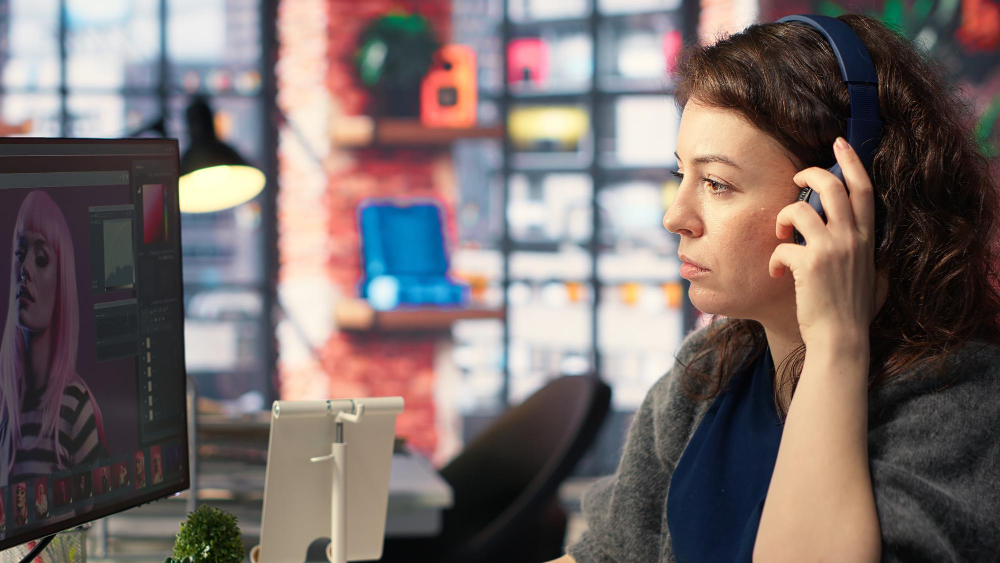Multilingual Closed Captioning: Reaching a Global Audience
May 07, 2025, Nishi SinghIn today’s global digital environment,
connecting with audiences across borders is essential for businesses, content
creators, and organizations. Multilingual closed captioning makes it
possible to break language barriers, enabling your videos to reach audiences
worldwide. Whether it’s an eLearning module, marketing campaign, or viral
video, multilingual captioning ensures your content speaks every viewer’s
language.
Platforms like YouTube, Vimeo, and
corporate portals now act as global stages — your captions are the bridge
connecting your voice to diverse audiences.
What Is Closed Captioning?
Closed captioning is a transcription of
spoken dialogue, sound effects, and other relevant audio, displayed as text
on-screen. It’s designed primarily for viewers who are deaf or hard of hearing
but also improves accessibility for everyone — especially in noisy settings
like cafes, cinemas, or public transport.
Key benefits of closed captioning:
- Enhanced accessibility for all viewers
- Increased engagement and video retention
- Better SEO through keyword indexing
Captioning vs Subtitles: While subtitles translate dialogue, closed captions include
additional audio cues such as background sounds and speaker identification,
making them more comprehensive.
Why Multilingual Captioning Matters for Businesses
Global businesses need communication that
transcends language boundaries. Multilingual closed captioning does just that:
- Expands your reach to new markets
without creating separate videos for each language.
- Boosts accessibility for a diverse
audience.
- Strengthens brand perception as
inclusive and culturally aware.
Example: A
product launch video with captions in Spanish, French, and Mandarin instantly
connects with audiences in multiple regions — creating trust and increasing
engagement.
Benefits of Multilingual Closed Captioning
1. Expands Your Audience
Translating captions into multiple
languages allows your content to resonate with viewers globally. It’s not just
translation — it’s cultural adaptation, ensuring your message feels natural to
diverse audiences.
2. Boosts Engagement & Retention
Studies show that videos with captions have
significantly higher engagement rates. Captions help viewers focus, improve
comprehension, and increase watch time — especially for non-native speakers.
3. Improves SEO & Discoverability
Search engines index captions. Multilingual
captions mean indexing in different languages, driving traffic from new
regions. This makes your content globally discoverable.
Auto captioning vs Professional Captioning Services
1. Auto Captioning: Fast and cost-effective, but often less accurate — especially for
specialized terminology, accents, or noisy environments.
2. Professional Captioning: Ensures high accuracy and cultural adaptation. This is essential
for corporate videos, marketing campaigns, and live events where precision
matters.
3. Best practice: Use auto-captioning for quick, low-risk content, and professional
services for high-stakes videos.
How to Choose the Right Captioning Service
- Quality: Accuracy and cultural
adaptation matter.
- Language Support: Select services
that cover your target languages.
- Cost: Balance budget with the
quality required.
- Turnaround Time: Consider deadlines
for campaigns or events.
FAQs
1: What is multilingual closed captioning?
Translating and displaying captions in
multiple languages to make videos accessible to global audiences.
2: Why is multilingual captioning important
for global audiences?
It ensures viewers of different
languages can engage with your content, expanding reach and inclusivity.
3: How does multilingual captioning benefit
SEO?
It allows search engines to index
keywords in multiple languages, improving discoverability and driving organic
traffic globally.
4: What languages should be included for
global reach?
Include languages relevant to your
target audience, such as Spanish, Mandarin, French, German, and Arabic.
5: What’s the difference between closed
captioning and translation subtitles?
Closed captions include dialogue and
audio cues, while translation subtitles focus only on translating spoken words.






